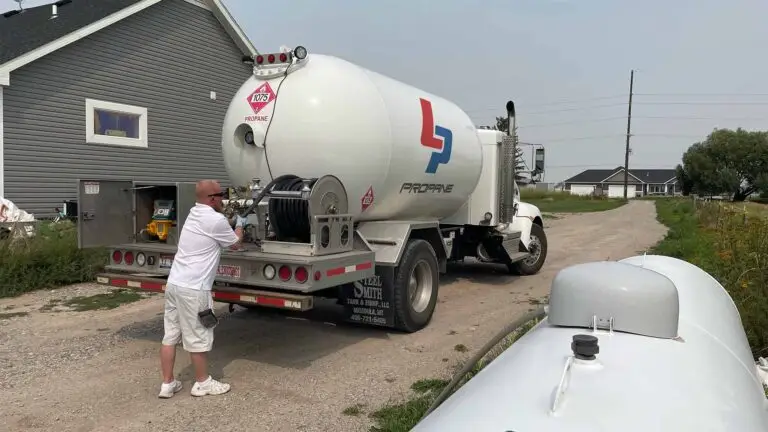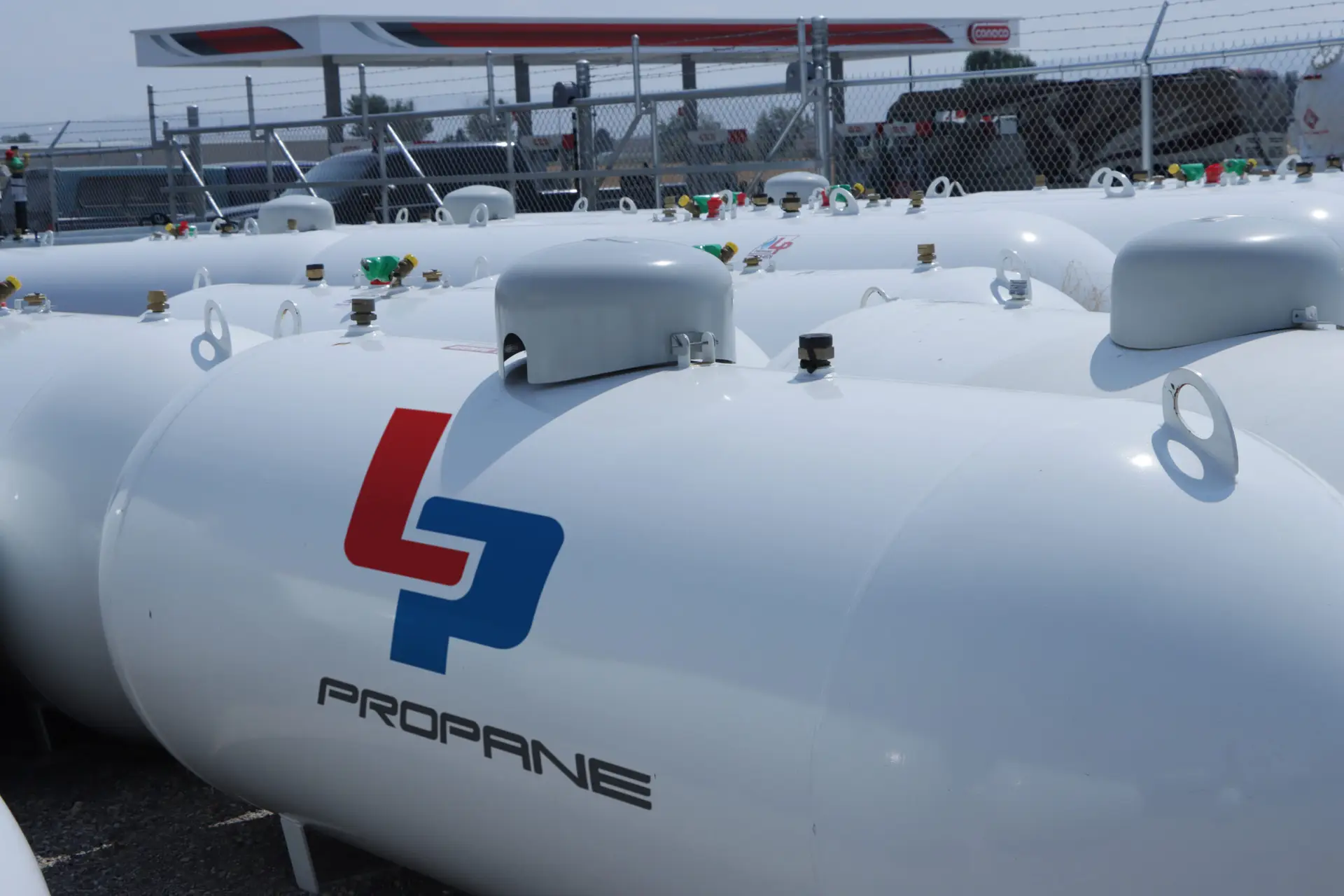
Propane’s Role in Carbon Reduction & Clean Energy Transitions
Propane’s Role in Carbon Reduction & Clean Energy Transitions The world-wide quest for cleaner, lower-carbon fuels is transforming how we fuel our businesses, industries, and homes. As the competition of alternatives remodels the world, propane is a pragmatist and a

